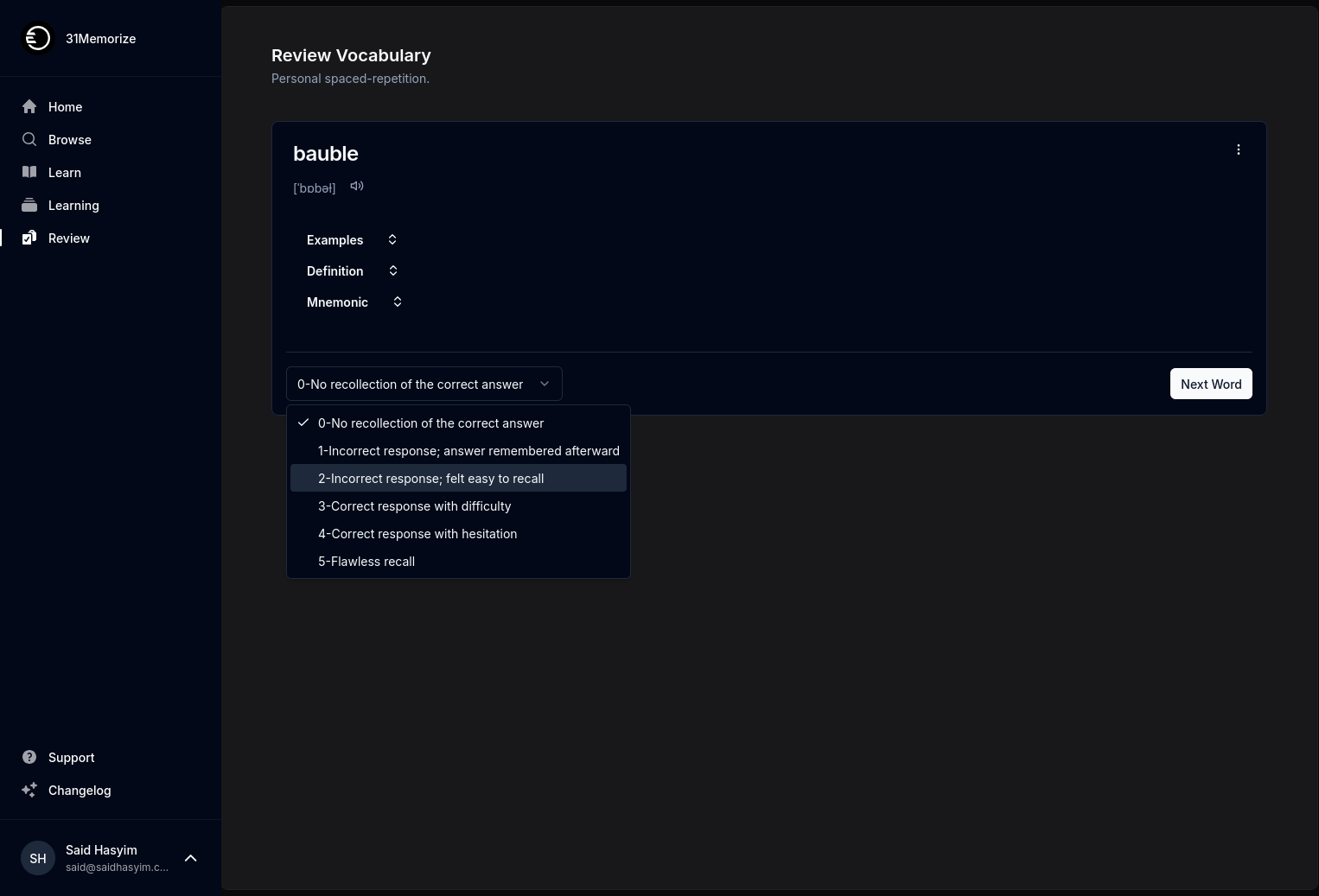How to Cultivate a Loyal Reader Base Through Reviews
In today's digital landscape, the relationship between authors and their readers has become increasingly complex. Authors are no longer just creators; they are also marketers, businesspeople, and community builders. One pivotal aspect of this multidimensional role is the cultivation of a loyal reader base, and one of the most effective ways to achieve this is through harnessing the power of reviews. In this blog post, we'll explore how you can cultivate a loyal readership by leveraging reviews.
Understanding the Importance of Reviews
The Power of Word-of-Mouth
Word-of-mouth marketing remains one of the most potent tools any author can wield. Reviews serve as a form of word-of-mouth recommendations that potential readers trust. Readers often decide whether to invest their time and money into a book based on what others have said about it. Positive reviews can enhance an author’s credibility and attract more readers.
Building Trust and Connection
A review is often more than just a rating; it’s a way for readers to express their insights, opinions, and personal connections to your work. By engaging with reviews, you show your readers that you value their thoughts, which can foster a deeper sense of loyalty.
How to Encourage Reviews
Create Quality Content
The first step to cultivating a loyal reader base is, of course, producing compelling content. A well-written book will naturally inspire readers to leave positive reviews. Focus on honing your craft, and ensure every project meets the high standards you’ve set for yourself.
Ask for Feedback
After sharing your work, don’t hesitate to encourage readers to leave honest feedback. You can do this through social media, your website, or newsletters. Here are some practical ways to prompt reviews:
- Include a note in your books: A simple request like, “If you enjoyed my book, please consider leaving a review!” can go a long way.
- Engage with your audience: Use your social media platforms to reach out, ask for thoughts, and specifically request reviews.
- Use call-to-action in newsletters: If you have a mailing list, remind your subscribers that their feedback is invaluable.
Responding to Reviews
Acknowledge Positive Feedback
When a reader takes the time to leave a positive review, acknowledge it. Responding to favorable feedback can encourage readers to leave more reviews and feel appreciated.
- Thank your readers: A simple ‘thank you’ shows your appreciation and can make readers feel special for supporting your work.
- Share reviews: Posting positive reviews on your social media profiles or website can build a sense of community, as readers see their contributions valued.
Addressing Negative Reviews
Not every review will be glowing, and that’s okay. Handling negative reviews effectively is crucial for maintaining your reputation and relationships with your readers.
- Stay professional: Always approach criticism with grace. If someone points out a flaw, thank them for the feedback and consider how you might improve in the future.
- Avoid getting defensive: Remember that everyone has different tastes. A 1-star review doesn’t mean you’ve failed as an author; it simply highlights someone’s personal preference.
Building a Community
Create Spaces for Readers to Engage
Encouraging readers to leave reviews is just one part of building loyalty. Creating spaces for readers to engage with each other can enhance their experience:
- Set up a dedicated Facebook group: A community space allows readers to discuss your work and share their thoughts openly.
- Host virtual book clubs or Q&A sessions: Invite readers to discuss your books, ask questions, and provide feedback directly.
- Use platforms like Goodreads: Engage with your audience through popular platforms where they can review books and interact with you and other readers.
Share Stories and Experiences
Use your platforms to share personal stories and experiences related to your writing journey. Readers appreciate authenticity and are more likely to connect with you when they feel they know you.
- Blogging: Share behind-the-scenes insights into your writing process or thoughts on the themes addressed in your books.
- Podcasts: Start a podcast to discuss writing, interview other authors, or dive deeper into the topics of your books.
The Long-Term Strategy
Consistency is Key
Building a loyal reader base through reviews is not an overnight endeavor. It requires consistency both in the quality of your writing and your engagement with readers. Keep producing and promoting your work, and maintain an open line of communication with your audience.
Track Your Progress
Monitor the growth of your reader base and feedback over time. Analyze which strategies work best for you and adapt as needed. Tools like Google Analytics or social media metrics can help you understand where your engagement is coming from and how to adjust your strategies accordingly.
Foster Loyalty Beyond the Book
Consider ways you can extend your reader relationships beyond just the individual books. For instance, exclusive content, merchandise, or special promotions for loyal readers can reinforce their connection to you and your work.
Conclusion
Cultivating a loyal reader base through reviews is about more than just gathering positive feedback; it’s about building a community of engaged and supportive readers. By focusing on quality content, encouraging feedback, responding thoughtfully, and creating spaces for engagement, you can foster loyalty that enriches your career and the reading experience itself. Remember, your readers are your greatest asset—treat them well, and they will reward you with their loyalty. Happy writing!
